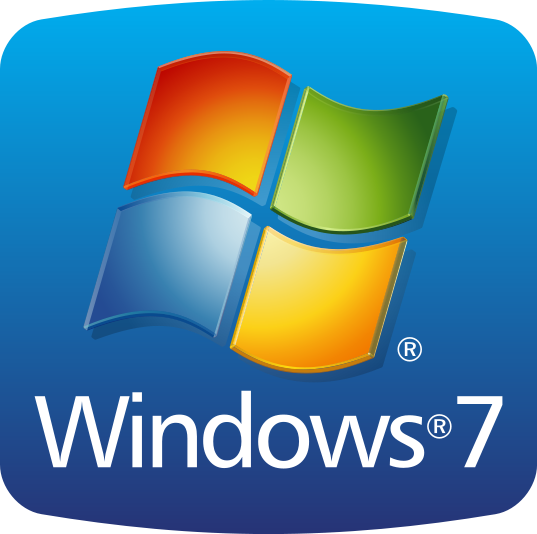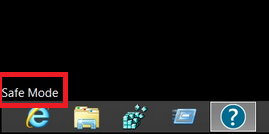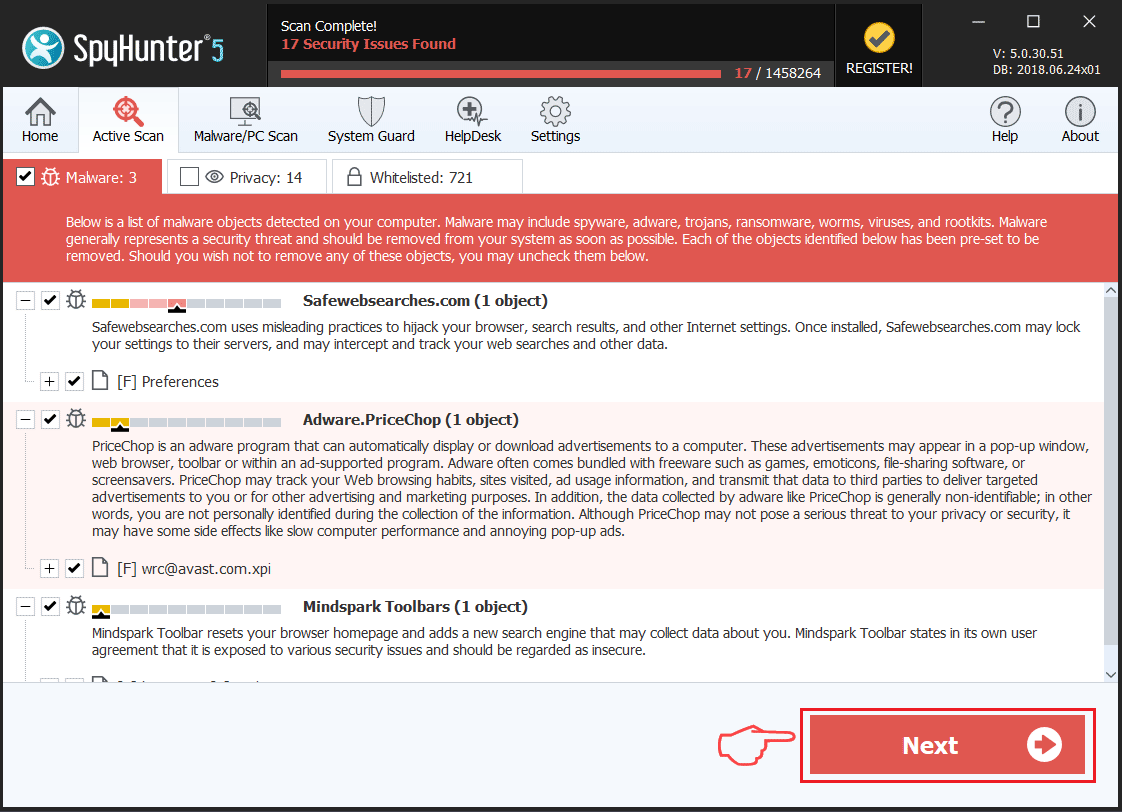The tRat Trojan is a dangerous weapon used against both end users and companies mainly via email phishing messages. It is believed that the criminals behind it are highly experienced. Our article gives an overview of its behavior according to the collected samples and available reports, also it may be helpful in attempting to remove the virus.

Threat Summary
| Name | tRat Trojan |
| Type | Trojan |
| Short Description | The tRat Trojan is a computer virus that is designed to silently infiltrate computer systems. |
| Symptoms | The victims may not experience any apparent symptoms of infection. |
| Distribution Method | Freeware Installations, Bundled Packages, Scripts and others. |
| Detection Tool |
See If Your System Has Been Affected by malware
Download
Malware Removal Tool
|
| User Experience | Join Our Forum to Discuss tRat Trojan. |

tRat Trojan – Distribution Methods
The tRat Trojan is believed to be created by the same criminal group known as TA505. It is well-known to security researchers as these hackers were responsible for a lot of targeted campaigns carrying Dridex and Locky samples in 2014, 2016 and 2017. The main method of distribution by them is the use of email SPAM campaigns utilizing several of the popular phishing tactics. It appears that after the Dridex and Locky attacks the group has shifted their tactics into using other malware, including Trojans.
The tRat samples captured in the current and ongoing attacks appear to be newly-created threats, possibly by the the collective itself.
The first wave of detected malware was detected in the end of September 2018 where the an unknown group (possibly not TA505) distributed infected office documents. Several phishing scam tactics are used to fool the recipients into thinking that they have a received a legitimate notification from a well-known source, usually a company or service that they recognize. Some of the tactics are the following:
- Norton Document — Upon opening this email message the users will be shown the “Norton by Symantec” logo and the following text: This document has been secured by Norton Security Premium. To view this Protected Document, click “Enable Content” button.
- Trip Advisor Video Message — This type of phishing scams relies on the sending of rich text documents that appear to be sent by the popular Trip Advisor portal. Upon opening them a loading screen that fools the users into thinking that an embedded video was unable to be opened. A text in a green color underneath it reads the following: To load video click Enable Editing and Enable Content button.
- Invoices — A separate phishing campaign in October, this time operated by the TA505 hackers, was detected. It uses both Microsoft Word rich text documents and Microsoft Publisher to create false invoices. The targets are primarily businesses or large corporations. To further make the messages look believable enough they are personalized as being sent by real people.
We anticipate that future releases and campaigns of the tRat Trojan can use other strategies as well. Popular methods include the deployment of malicious application installers which are hacker-modified versions of legitimate and popular software: productivity apps, system utilities and creativity suites. The installers are taken from the official vendor download sites and modified with the the necessary code.
Advanced distribution campaigns may be coordinated through browser hijackers which are hacker-created extensions made for the most browsers. They are uploaded to the relevant repositories, often utilizing fake user reviews and developer credentials. Whenever they are installed in most cases modifications to the settings will be done — home page, new tabs page and search engine in order to redirect the victims to a hacker-controlled page. Following this the malicious payload will be inserted.

tRat Trojan – Detailed Description
One of the first actions done by the tRat Trojan is to install itself as a persistent threat. The mechanism used by the captured samples is to copy the main engine file to a folder of a widely used software or the operating system itself. By doing so the the Trojan files will be masked as belonging to the relevant app or service. An additional measure is the creation of a a startup value which executes the Trojan every time the computer starts.
An additional measure is the encryption of the virus code which makes it harder to detect using ordinary application scans.
The main goal of the tRat Trojan is to create a stable a secure and persistent connection to a hacker-controlled server. This allows the hacker operators to spy on the victims, steal their data and deploy other payloads.
One of the actions done by the criminals is to acquire data from the systems. There are two groups of information that are outlined:
- Private Data — The engine will search for strings that can directly expose the identity of the victims. This is done by looking for strings such as their name, location, interests and any stored account credentials (username, email and password combinations). It can search for strings found both on the hard drive, operating system and the contents of third-party applications.
- Campaign Metrics — It can generates a report of the installed hardware components. regional and user settings and operating system environment values.
It appears that the hacker criminals make use of tRat’s modular framework. It allows them to interactively include other threats to the system. Examples include other the installation of other threats: ransomware, miners and etc.

Remove tRat Trojan Trojan
If your computer system got infected with the tRat Trojan Trojan, you should have a bit of experience in removing malware. You should get rid of this Trojan as quickly as possible before it can have the chance to spread further and infect other computers. You should remove the Trojan and follow the step-by-step instructions guide provided below.
Note! Your computer system may be affected by tRat Trojan and other threats.
Scan Your PC with SpyHunter
SpyHunter is a powerful malware removal tool designed to help users with in-depth system security analysis, detection and removal of tRat Trojan.
Keep in mind, that SpyHunter’s scanner is only for malware detection. If SpyHunter detects malware on your PC, you will need to purchase SpyHunter’s malware removal tool to remove the malware threats. Read our SpyHunter 5 review. Click on the corresponding links to check SpyHunter’s EULA, Privacy Policy and Threat Assessment Criteria.
To remove tRat Trojan follow these steps:
Use SpyHunter to scan for malware and unwanted programs
Preparation before removing tRat Trojan.
Before starting the actual removal process, we recommend that you do the following preparation steps.
- Make sure you have these instructions always open and in front of your eyes.
- Do a backup of all of your files, even if they could be damaged. You should back up your data with a cloud backup solution and insure your files against any type of loss, even from the most severe threats.
- Be patient as this could take a while.
- Scan for Malware
- Fix Registries
- Remove Virus Files
Step 1: Scan for tRat Trojan with SpyHunter Anti-Malware Tool



Step 2: Clean any registries, created by tRat Trojan on your computer.
The usually targeted registries of Windows machines are the following:
- HKEY_LOCAL_MACHINE\Software\Microsoft\Windows\CurrentVersion\Run
- HKEY_CURRENT_USER\Software\Microsoft\Windows\CurrentVersion\Run
- HKEY_LOCAL_MACHINE\Software\Microsoft\Windows\CurrentVersion\RunOnce
- HKEY_CURRENT_USER\Software\Microsoft\Windows\CurrentVersion\RunOnce
You can access them by opening the Windows registry editor and deleting any values, created by tRat Trojan there. This can happen by following the steps underneath:


 Tip: To find a virus-created value, you can right-click on it and click "Modify" to see which file it is set to run. If this is the virus file location, remove the value.
Tip: To find a virus-created value, you can right-click on it and click "Modify" to see which file it is set to run. If this is the virus file location, remove the value.Step 3: Find virus files created by tRat Trojan on your PC.
1.For Windows 8, 8.1 and 10.
For Newer Windows Operating Systems
1: On your keyboard press + R and write explorer.exe in the Run text box and then click on the Ok button.

2: Click on your PC from the quick access bar. This is usually an icon with a monitor and its name is either “My Computer”, “My PC” or “This PC” or whatever you have named it.

3: Navigate to the search box in the top-right of your PC's screen and type “fileextension:” and after which type the file extension. If you are looking for malicious executables, an example may be "fileextension:exe". After doing that, leave a space and type the file name you believe the malware has created. Here is how it may appear if your file has been found:

N.B. We recommend to wait for the green loading bar in the navigation box to fill up in case the PC is looking for the file and hasn't found it yet.
2.For Windows XP, Vista, and 7.
For Older Windows Operating Systems
In older Windows OS's the conventional approach should be the effective one:
1: Click on the Start Menu icon (usually on your bottom-left) and then choose the Search preference.

2: After the search window appears, choose More Advanced Options from the search assistant box. Another way is by clicking on All Files and Folders.

3: After that type the name of the file you are looking for and click on the Search button. This might take some time after which results will appear. If you have found the malicious file, you may copy or open its location by right-clicking on it.
Now you should be able to discover any file on Windows as long as it is on your hard drive and is not concealed via special software.
tRat Trojan FAQ
What Does tRat Trojan Trojan Do?
The tRat Trojan Trojan is a malicious computer program designed to disrupt, damage, or gain unauthorized access to a computer system. It can be used to steal sensitive data, gain control over a system, or launch other malicious activities.
Can Trojans Steal Passwords?
Yes, Trojans, like tRat Trojan, can steal passwords. These malicious programs are designed to gain access to a user's computer, spy on victims and steal sensitive information such as banking details and passwords.
Can tRat Trojan Trojan Hide Itself?
Yes, it can. A Trojan can use various techniques to mask itself, including rootkits, encryption, and obfuscation, to hide from security scanners and evade detection.
Can a Trojan be Removed by Factory Reset?
Yes, a Trojan can be removed by factory resetting your device. This is because it will restore the device to its original state, eliminating any malicious software that may have been installed. Bear in mind that there are more sophisticated Trojans that leave backdoors and reinfect even after a factory reset.
Can tRat Trojan Trojan Infect WiFi?
Yes, it is possible for a Trojan to infect WiFi networks. When a user connects to the infected network, the Trojan can spread to other connected devices and can access sensitive information on the network.
Can Trojans Be Deleted?
Yes, Trojans can be deleted. This is typically done by running a powerful anti-virus or anti-malware program that is designed to detect and remove malicious files. In some cases, manual deletion of the Trojan may also be necessary.
Can Trojans Steal Files?
Yes, Trojans can steal files if they are installed on a computer. This is done by allowing the malware author or user to gain access to the computer and then steal the files stored on it.
Which Anti-Malware Can Remove Trojans?
Anti-malware programs such as SpyHunter are capable of scanning for and removing Trojans from your computer. It is important to keep your anti-malware up to date and regularly scan your system for any malicious software.
Can Trojans Infect USB?
Yes, Trojans can infect USB devices. USB Trojans typically spread through malicious files downloaded from the internet or shared via email, allowing the hacker to gain access to a user's confidential data.
About the tRat Trojan Research
The content we publish on SensorsTechForum.com, this tRat Trojan how-to removal guide included, is the outcome of extensive research, hard work and our team’s devotion to help you remove the specific trojan problem.
How did we conduct the research on tRat Trojan?
Please note that our research is based on an independent investigation. We are in contact with independent security researchers, thanks to which we receive daily updates on the latest malware definitions, including the various types of trojans (backdoor, downloader, infostealer, ransom, etc.)
Furthermore, the research behind the tRat Trojan threat is backed with VirusTotal.
To better understand the threat posed by trojans, please refer to the following articles which provide knowledgeable details.



 1. For Windows XP, Vista and 7.
1. For Windows XP, Vista and 7. 2. For Windows 8, 8.1 and 10.
2. For Windows 8, 8.1 and 10. Fix registry entries created by malware and PUPs on your PC.
Fix registry entries created by malware and PUPs on your PC.












 1. Install SpyHunter to scan for tRat Trojan and remove them.
1. Install SpyHunter to scan for tRat Trojan and remove them.

